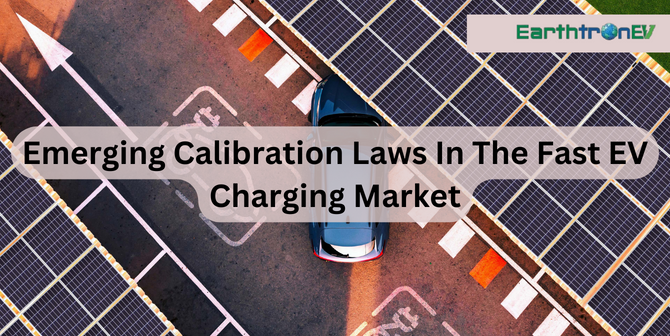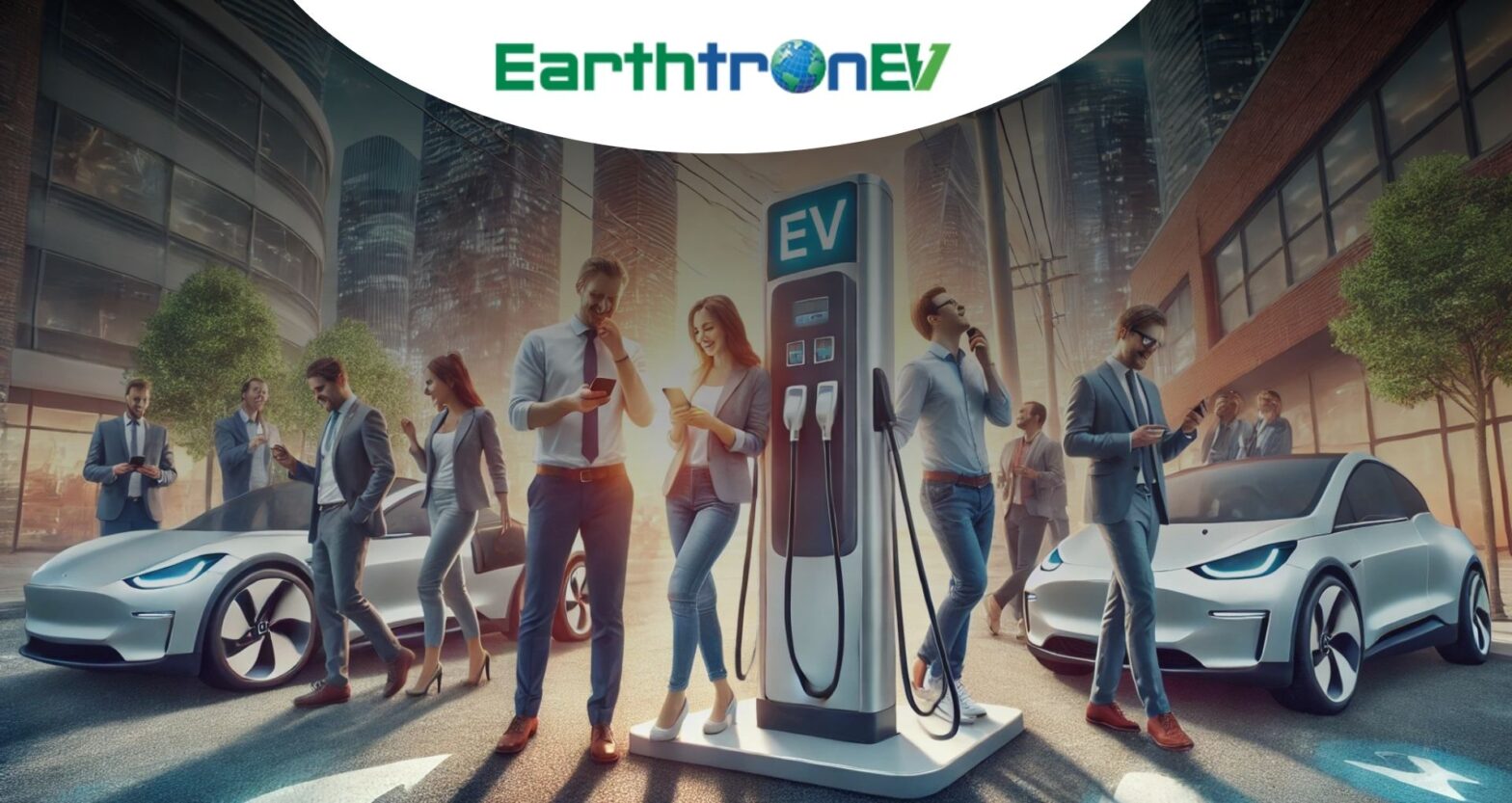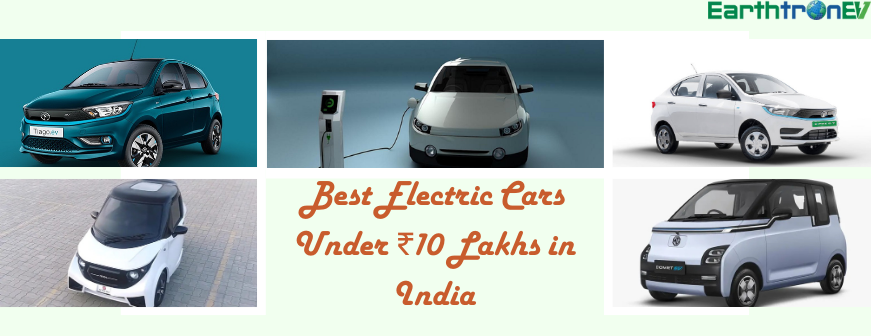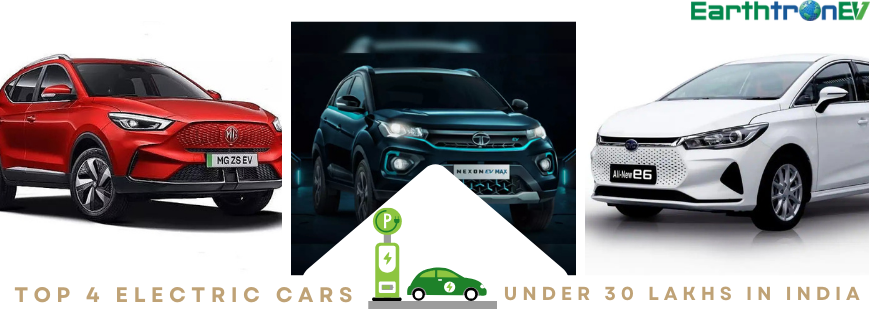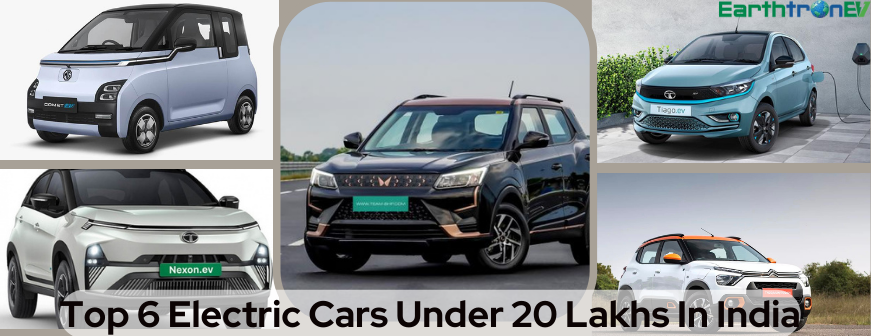Are you ready to rev up your knowledge on the latest developments in the world of electric vehicles? Buckle up, because we’re diving into the fascinating realm of emerging calibration laws and their profound impact on fast EV charging. As governments worldwide strive to promote sustainable transportation, understanding these regulations is crucial for both enthusiasts and industry insiders alike. Join us as we unravel this complex web of standards, explore their implications, and unveil how they shape the future of electric mobility. Get ready to charge ahead with confidence!
Introduction to Emerging Calibration Laws
As the electric vehicle (EV) market continues to grow, so too do the number of laws and regulations governing their operation.
One area that is constantly evolving is calibration, or the process by which EV charging infrastructure is regularly checked and updated to ensure it is operating correctly.
Recent years have seen the introduction of several new calibration laws in various jurisdictions, with the aim of ensuring that EVs are able to charge safely and efficiently. This article will provide an overview of some of the most important emerging calibration laws, and explain how they could impact fast EV charging.
One of the most significant recent changes to EV calibration laws has been in California, where a new regulation known as Rule 14-110 came into effect in 2019. This rule requires all public EV chargers to be tested and calibrated on a quarterly basis, in order to ensure they are delivering the correct amount of power.
Similarly, Nevada has introduced a new law (Assembly Bill 407) that requires all EV chargers in the state to be tested and certified every two years. This law also imposes stricter requirements on charger operators, mandating that they keep records of all testing and certification activities.
While these laws only apply in certain US states at present, it is likely that other jurisdictions will follow suit in the future as electric vehicles become more prevalent. As such, it is important for charger operators to be aware of these emerging trends and ensure they are compliant with any new regulations.
Overview of the Fast EV Charging Market
As the electric vehicle market continues to grow, so too does the need for reliable and fast charging infrastructure. In response to this demand, a number of companies have emerged in the fast EV charging market, offering a variety of solutions for both home and public use.
While there is currently no legal requirement for the calibration of fast EV chargers, this is likely to change in the near future as more countries adopt stricter standards for electrical safety. As a result, it is important for businesses and homeowners who are considering installing a fast charger to be aware of the potential impact of emerging calibration laws.
The Impact of Calibration Laws on Fast EV Charging
As the world moves towards electric vehicles, many countries are enacting new laws and regulations to ensure a smooth transition. One area of contention is how to calibrate fast EV charging stations.
Currently, there are two main methods for calibrating fast EV charging stations: direct current (DC) resistive and inductive. DC resistive calibration is the more expensive and time-consuming of the two, but it results in more accurate readings. Inductive calibration is cheaper and faster, but it can be less accurate.
Some countries, like the United States, have laws that require all fast EV charging stations to be calibrated using the DC resistive method. Other countries, like China, have laws that allow for either method to be used.
The different calibration methods can have a big impact on the cost of operating a fast EV charging station. If all stations are required to use the DC resistive method, then the cost of operation will be higher. If only some stations are required to use the DC resistive method, then the cost of operation will be lower.
The different calibration methods can also have a big impact on the accuracy of readings. If all stations are required to use the DC resistive method, then the accuracy of readings will be higher. If only some stations are required to use the DC resistive method, then the accuracy of readings will be lower.
Benefits and Challenges of Adopting Calibration Laws in the Fast EV Charging Market
As the electric vehicle (EV) market continues to grow, so too does the need for a reliable and consistent charging infrastructure. In order to meet this demand, many jurisdictions are adopting so-called “calibration laws” that establish standards for EV charging equipment.
There are several benefits to adopting calibration laws for fast EV charging. First and foremost, it helps to ensure that chargers are safe and effective, which is essential for protecting both EV drivers and the grid.
Additionally, it can help to improve the efficiency of the charging process, which can save time and money for both EV drivers and operators of charging stations.
However, there are also some challenges associated with adopting calibration laws for fast EV charging. One of the biggest challenges is the cost of compliance, which can be significant for both EV charger manufacturers and operators of charging stations. Additionally, there is a risk that some jurisdictions will adopt different standards, which could create confusion and inconsistency in the marketplace.
How the EV Charger Manufacturers and Operators are Impacted by Calibration Laws
As the electric vehicle market continues to grow, so too do the laws and regulations surrounding charging infrastructure. One area that is particularly important for EV charger manufacturers and operators to understand is calibration law.
Calibration law stipulates how often EV chargers must be tested and/or calibrated in order to ensure accuracy. This can impact manufacturers and operators in a few different ways.
For manufacturers, it is important to ensure that all chargers leaving the factory are properly calibrated. This may require additional testing equipment and procedures, which can add to the cost of production. For operators, calibration requirements can mean more frequent maintenance and/or replacement of chargers, as well as increased costs associated with downtime while chargers are being serviced.
It is important for both manufacturers and operators of EV chargers to be aware of emerging calibration laws and how they may impact their business. By understanding the requirements and taking steps to comply, they can help ensure that their charger fleet is reliable and up-to-date.
Building a consumer-friendly charging ecosystem
Building a consumer-friendly charging ecosystem is crucial for the success and widespread adoption of electric vehicles. As calibration laws continue to emerge in the fast EV charging market, it becomes evident that they play a vital role in ensuring transparency, reliability, and trust.
With these calibration laws in place, consumers can have confidence that the charging equipment they use meets strict standards and delivers accurate measurements. This not only protects them from overcharging but also ensures fair pricing and billing practices.
Conclusion
It is clear that emerging calibration laws will have a major impact on EV fast charging. Earthtronev has provided an overview of the current landscape and what these new regulations might mean for EV owners, energy providers, and manufacturers. To ensure the continued success of EV adoption, it is essential that all parties involved are aware of the changes to come and take steps to prepare accordingly. With careful planning and implementation, the transition to new calibration laws should be smooth for all stakeholders involved.
